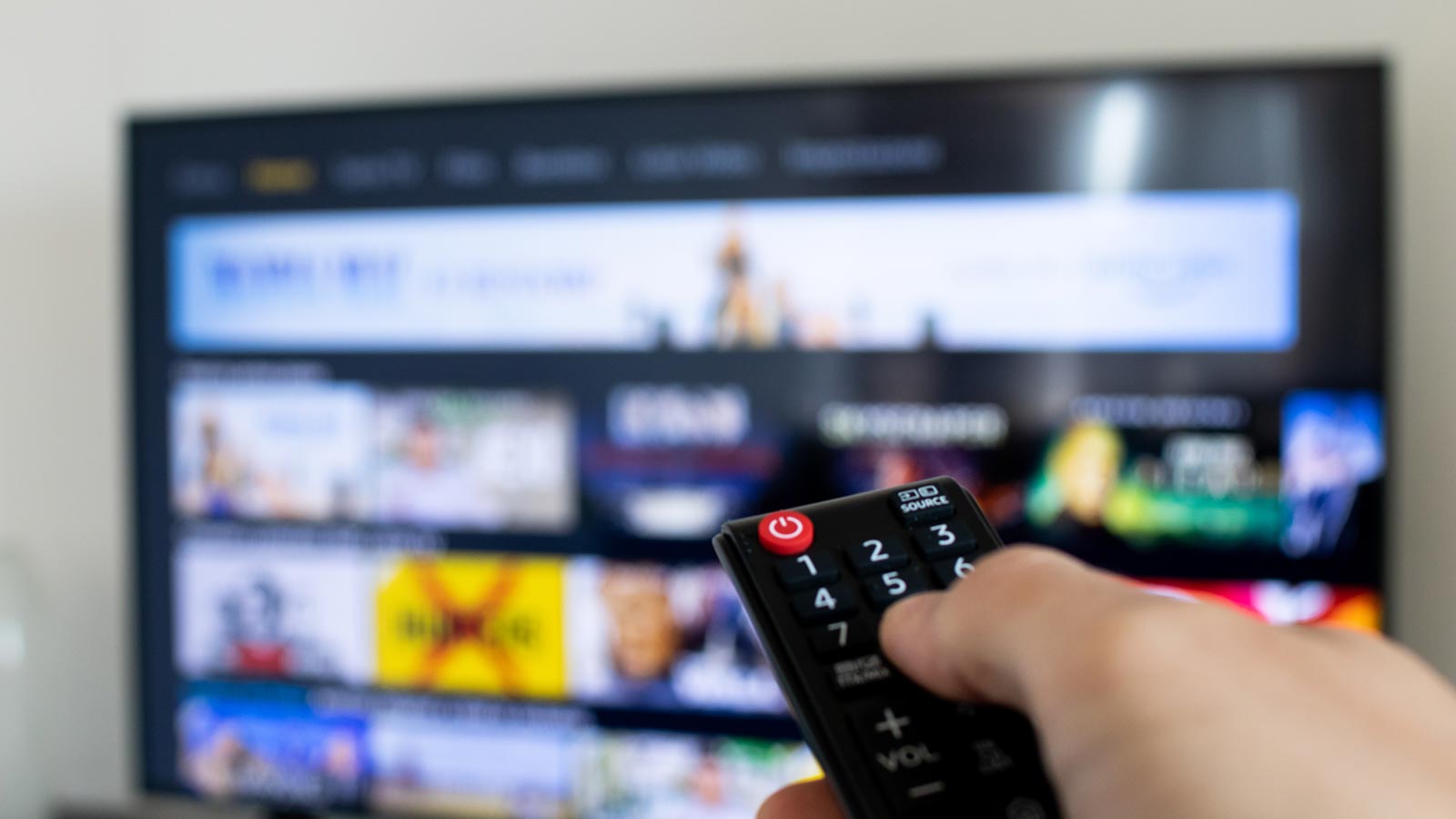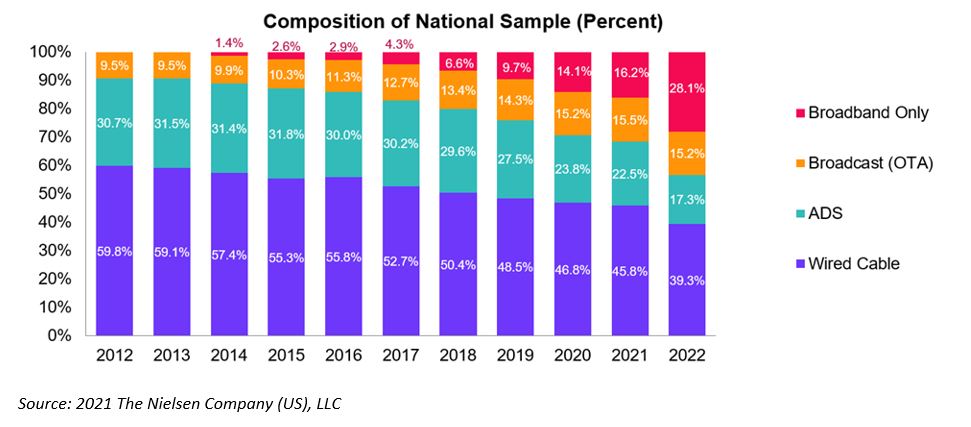
Scott Westergren | February 11, 2022
“No one watches television anymore.”
If I had a nickel for every time I’ve heard this in a client meeting or on a call with a media vendor, I may not be rich, but I’d have an awful lot of nickels. As I close in on 30 years in media (which, in advertising years, makes me 142 years old), this age-old question never dies.
But is it true?
Thirty years ago, cable threatened the way we watch television. Broadcast networks couldn’t possibly survive all these new cable platforms, we thought, and viewership would change forever. As a new assistant media buyer, I was petrified. I knew how to analyze network ratings, but how was I supposed to figure out cable? It felt like the end of days. At least for my burgeoning career.
Even though cable TV clearly demanded every bit of attention it deserved, broadcast networks survived. But now, 30 years later, I’m hearing people ask a new question: Is cable dying? Will streaming television take over?
Is this the end of days – again?
The simple answer is “No.” But the landscape is clearly changing. As media planners, we need to understand the newest trends and we must adapt. Households (HH) that subscribe to linear (wired) cable are below 40% for the first time in almost 20 years. Having dropped from 59.8% to 39.3% in the last 10 years, it’s clear that households are viewing their favorite networks through other sources such as satellite (DirecTV, Dish etc.) or through streaming services (Roku, YouTube, etc.).

So, where do we, as media planners, go from here? We know we need to adapt to this changing landscape in viewing habits, but how? The question we really need to consider before we head down a new path long-term is how the pandemic has shifted our viewing habits short-term. In the last year alone, share of time spent watching television on internet-connected devices increased from 26% to 32%. That’s the largest year-over-year increase since this media tactic has been measured. Will this trend continue or are we victims of our current situation – stuck at home far more than we have ever been?
I’ve learned three things in my 30 years as a media buyer. First, sadly, the three-martini lunch with vendors will never return. Second, tomorrow will bring forth some new insights and trends in the media world. And third, no matter what, we should never panic. So, with that in mind, moving forward, take all the following into consideration when making media recommendations that involve network cable.
- Continue to monitor year-over-year TV HH trends. Until we drop below the 50% threshold of Total HH (Cable plus Satellite), we continue to be efficient by looking at network cable vs. other tactics to reach our audience.
- Await post-pandemic impacts on TV HH. Has the pandemic created a permanent shift, or was it inflated during this timeframe, and we will see shifts back to the some of the more traditional tactics?
- Understand the streaming world. What are you getting in return for your investment? Are you paying for Connected TV on networks that already are passing through the cable network feed that you already placed, or are you reaching new segments of your target audience?
- Embrace change. If I could tell my 30-year-old, younger, assistant media buyer self anything, it would be this: Loyalty to one tactic is doomed to fail. Believe in it but adapt to ensure you reach your audience most effectively.
Bottom line, change is inevitable. Get creative and follow the new media paths that your audience adopts, but don’t forget that the more things change, the more they stay the same. TV networks still exist, cable lives on, and we are watching TV in so many new and exciting ways.
Numbers give great insights and help to establish trends. But don’t let numbers scare you. This isn’t the end of television. Just another new beginning.
